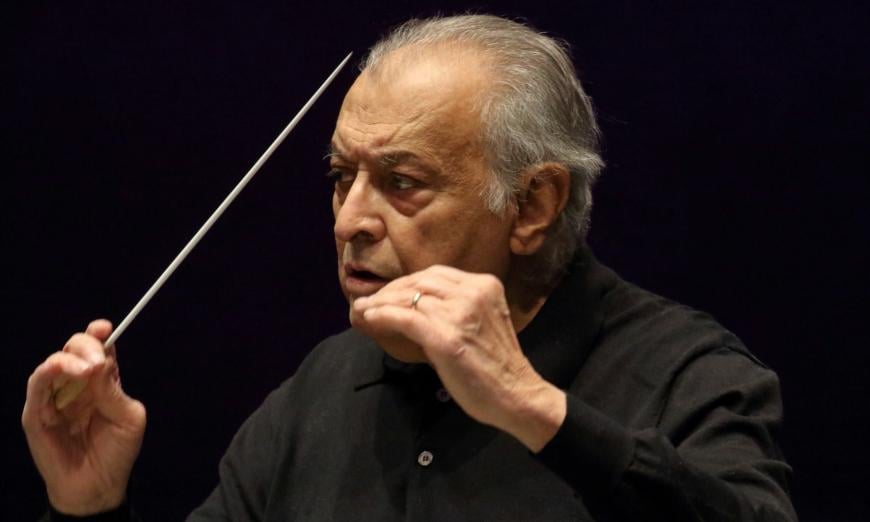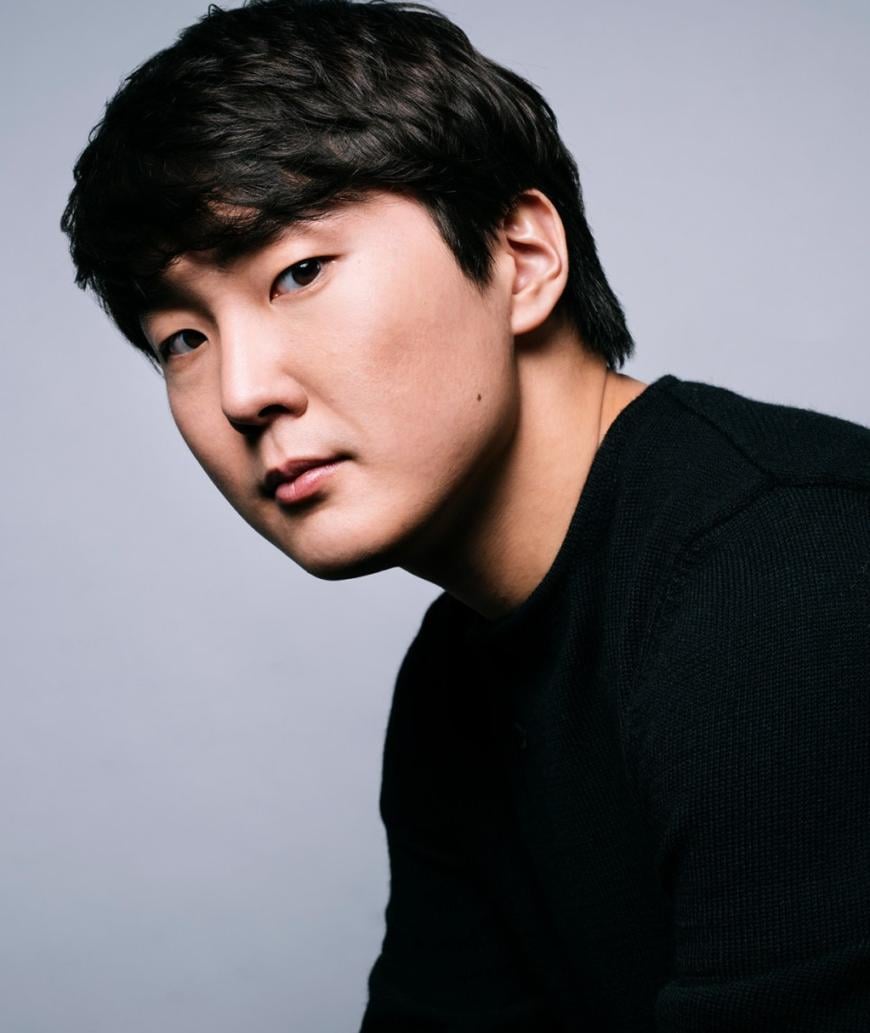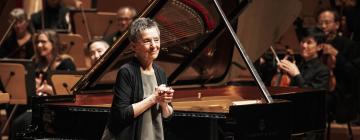
Gustav Mahler buffs are forever debating performance issues. Should the order of the middle movements of the Symphony No. 6 be reversed? Should performances of Das klagende Lied include the once-lost “Waldmärchen” introduction? Is the Adagietto from the Symphony No. 5 a love letter or a funeral elegy? Should the performing versions of the unfinished Symphony No. 10 be played at all?
And most pertinently to the Los Angeles Philharmonic’s concert at Walt Disney Concert Hall on Sunday afternoon (Dec. 10), should the Symphony No. 1 have five movements or the standard four? Zubin Mehta, the LA Phil’s conductor emeritus and a revered Mahler champion, has an answer, but it’s still a minority viewpoint.
Over several decades, Mehta has gone back and forth as to whether the symphony’s discarded second movement, entitled “Blumine” (Flower), should be restored. There are seven Mehta recordings of Mahler’s First at last count. The first three are four-movement versions; the fourth, from a 1986 session with the Israel Philharmonic, has five movements; the live fifth and sixth recordings revert back to four; and his seventh (with the Australian World Orchestra) again includes “Blumine.”
Interestingly, Mehta’s father, Mehli Mehta, also conducted the five-movement version, notably with his American Youth Symphony a number of times in his later years (“I believe in ‘Blumine,’” he once told me in a phone conversation). Lately, a few others, like Michael Tilson Thomas both in L.A. and in San Francisco and Grete Pedersen at the 2023 Carmel Bach Festival, have taken up “Blumine,” if only as a stand-alone piece.
Yet in this magnificent LA Phil performance, Zubin Mehta has made the most convincing case yet for a five-movement version of Mahler’s First. Unlike the above-mentioned Israel Phil recording, which is burdened by a rather routine first movement, Mehta was consistently on point at Disney Hall on Sunday, patiently gearing up the first movement until it exploded into a perfectly timed climax.
Clearly, he believes in “Blumine,” too. With principal trumpet Thomas Hooten handling the wistful main tune like a dream, Mehta molded and shaped the lyrical phrases of this movement more affectingly than ever. The symphony now rests on the fulcrum of the subsequent scherzo, which Mehta brought forth gently at first, as if gradually coming out of the nostalgic mood.

Most importantly, after revealing all kinds of details in the sardonic fourth movement, Mehta lingered warmly over the romantically yearning passages in the finale, tying them unmistakably to “Blumine,” just as several succeeding passages refer back to the first movement. The symphony thus achieves a kind of palindromic unity in the five-movement version that can be just as satisfying in its own way as the usual four-movement edition.
Which is not to say it should always be played this way: “Blumine” is a fragile little flower that doesn’t always sound as equally inspired as the rest of the symphony. But in a performance like this — in this hall, with this orchestra, and under this master conductor who knows the territory — it sure seemed like an integral part of a great work.
To balance this symphony, Mehta — who has always been a fine accompanist — and the Phil formed a hand-in-glove partnership with the 29-year-old South Korean pianist Seong-Jin Cho in an intensely musical rendering of Robert Schumann’s Piano Concerto. In Cho’s hands, the more introverted passages in the first movement conjured images of slow-motion waves on a lake, interrupted by sharply accented work in the extroverted sections, topped off by an impassioned cadenza that took advantage of the growling Steinway bass end. There was voluptuousness and suspense in the slow movement, and the finale could be delicate yet never precious, with plenty of vigor and firm rhythm when needed.
Afterward, with Mehta genially looking on from his seat on the podium, Cho offered Claude Debussy’s “Clair de lune,” the notes melting into the hall.




